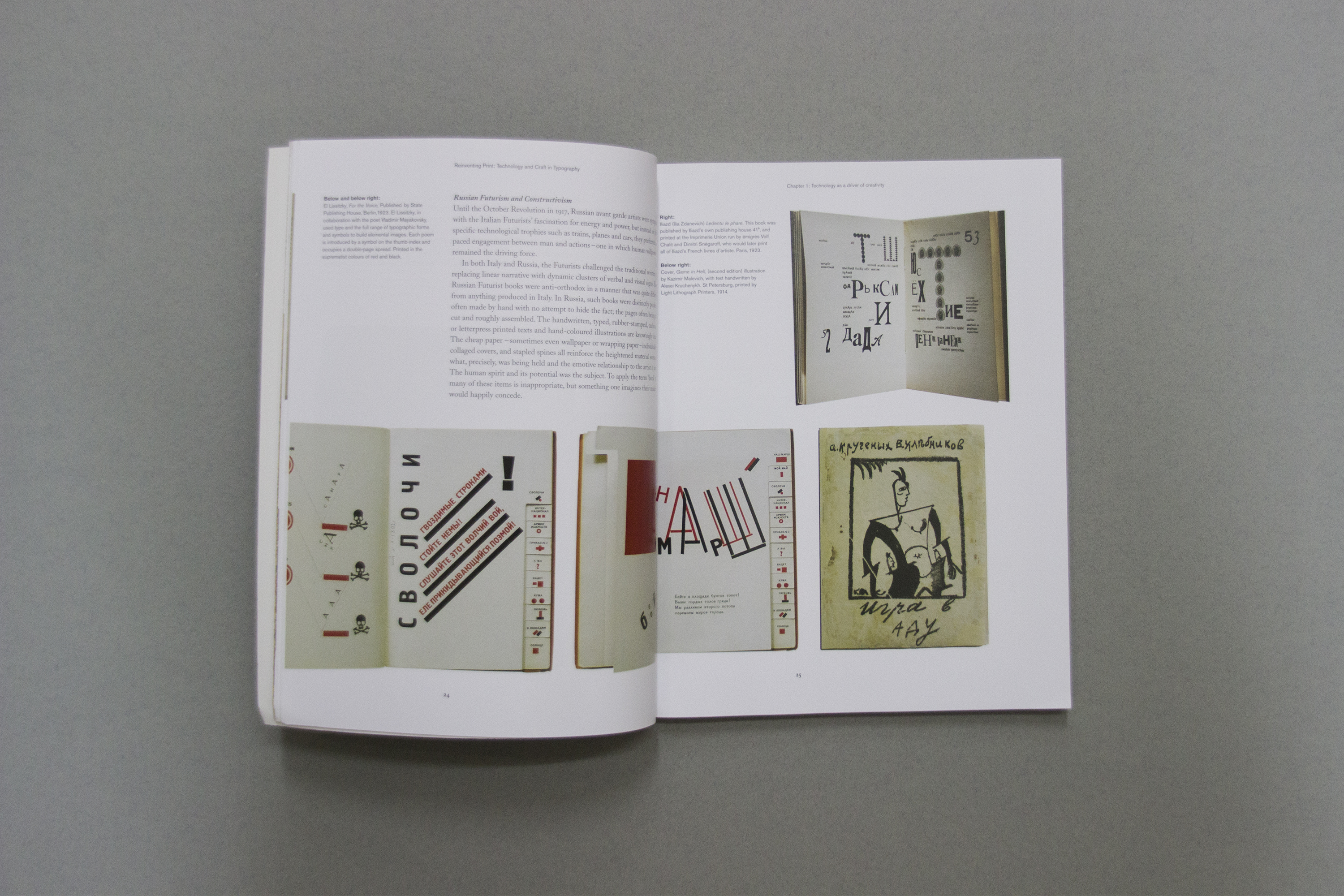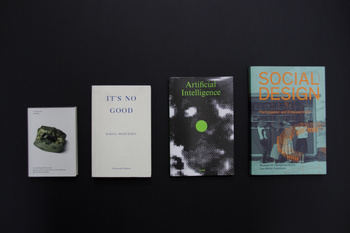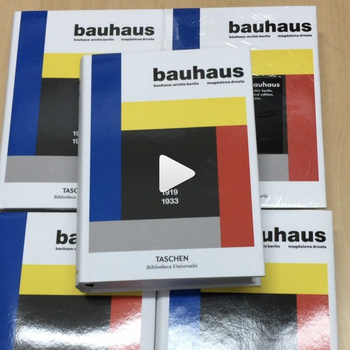A collection of conversations with a diverse range of local and regional creatives
Library Conversations for SGABF2020
We examined the systems that support art book making and independent art book publishing in Singapore and the region.
A Closer Look for SGABF2019
We gathered perspectives on our zine and art book culture, and discuss the possibilities of self-publishing today.
21 Creatives for SGABF2018
We sat down with 21 creatives of various disciplines to learn about their practice and asked each of them to fill up a blank page in a notebook.
Photo Credit: SGABF
ABDUL NASSER (AN): The selection of books takes up time here. It largely depends on what my customers are asking for. I always pick up on their requirements, and from there begin to source the titles. We have a very strong focus on architecture, graphic design and interior design books.
Being in the business for 26 years, we know the buying culture quite well. Our selection of books and what sells depends on customers’ tastes as well. These days, there’s a huge demand for publishers such as Sternberg Press to boutique publishers specialising in niche titles. More curators and artists are coming up, and people are more informed on what’s going on in places with a strong printed matter presence, like Berlin, London and New York.
I try to find out what other bookshops around the world are selling. These connections are important. Art spaces such as Whitechapel Gallery have unique selections that we try to add to our collection of titles too.
SGABF: What usually goes on at Basheer Graphic Books?
ABDUL NASSER (AN): The selection of books takes up time here. It largely depends on what my customers are asking for. I always pick up on their requirements, and from there begin to source the titles. We have a very strong focus on architecture, graphic design and interior design books.
Being in the business for 26 years, we know the buying culture quite well. Our selection of books and what sells depends on customers’ tastes as well. These days, there’s a huge demand for publishers such as Sternberg Press to boutique publishers specialising in niche titles. More curators and artists are coming up, and people are more informed on what’s going on in places with a strong printed matter presence, like Berlin, London and New York.
SGABF: What are some of your strategies to keeping customers informed?
I try to find out what other bookshops around the world are selling. These connections are important. Art spaces such as Whitechapel Gallery have unique selections that we try to add to our collection of titles too.
That said, we cannot compare places like London to Singapore. In places like that where there’s a strong printed matter culture, they categorise their titles and diversify them to appeal to customers. Whereas for us, we have new people coming in all the time and getting introduced to these books. It’s a different way of educating consumers about art books here.

Photo: Reinventing Print: Technology and Craft in Typography by David Jury, Courtesy of SGABF
AN: At the end of the day, I’m neither an artist nor a practitioner. I depend on feedback from my customers, observe what titles they are drawn to and recommendations from the publishers we stock. Basheer Graphic Books is here to provide what people need. Buyers always surprise me as their habits can be unpredictable. We tend to invest in huge exhibition catalogues and artist books that are well curated too.
SGABF: In the early days, you sold books door to door in the Central Business District. Were people particularly interested in getting art books then?
AN: This was before the digital era. We would knock on the doors of agencies and companies that specialise in design and creative work. People wanted books with strong visuals to get ideas and come up with unique concepts for their projects. Now that information is widely accessible online, and people are showcasing their work on digital platforms more frequently, fewer people depend on books. For a business like ours, it’s no longer just about running a physical shop. Customers need to know what we have instantly, and that’s where the online store comes in. Secondly, customers who come in don’t want to carry heavy books. After some time we realised that we have to give them an incentive to buy more books – by allowing them to leave their loot here and have them delivered.
It boils down to supply and demand. Since buying habits can be unpredictable, it can be tricky to gauge what people are looking out for. Some books that we bring in may be higher in demand than we expect. The opportunity gets lost if we bring in too little. Similarly, if we end up buying too many books, they end up stuck on the shelves. Ultimately, it’s the confidence we have in each and every title we bring in. Publishers are constantly looking for ways to reach out to more people too, such as publishing materials related to cultural icons. An example would be the Virgil Abloh book published by Sternberg Press and Harvard University Graduate School of Design.

Photo: Mr Nasser’s Recommendations, Courtesy of SGABF
AN: There is a shift in the things we can do. In the past, we used to sell books on credit to students. This was when we first started selling books in institutions in the mid 80s to 90s. We would visit these schools, and collect money from the students at the end of the month. We did so with agencies as well. In order to keep track of the loans, we recorded the transactions on a notebook. This model worked because not many people could afford to buy expensive books at that time. Some people even had to split it into two to three payments. Though, it can be inconvenient for us at times, especially when agencies change their addresses.
AN: We have always attracted students. These people grow up to be designers, architects or take on other professional roles in creative circles. Others are curious about alternative titles beyond literary publishing. There are a lot of hobbyists too who are interested in photography and craft. That means we have to bring in more of such titles to cater to their needs. Lately, I’ve noticed that titles like Granta and Lapham Quarterly are doing well. People seem to be more interested in art books or publications with a literary focus.
SGABF: You’re also known for supporting students who are regular customers of the store.

Photo: Mr Nasser’s Recommendations, Courtesy of SGABF
AN: There is a shift in the things we can do. In the past, we used to sell books on credit to students. This was when we first started selling books in institutions in the mid 80s to 90s. We would visit these schools, and collect money from the students at the end of the month. We did so with agencies as well. In order to keep track of the loans, we recorded the transactions on a notebook. This model worked because not many people could afford to buy expensive books at that time. Some people even had to split it into two to three payments. Though, it can be inconvenient for us at times, especially when agencies change their addresses.
SGABF: How has customers’ interest in specialised books shifted over the years?
AN: We have always attracted students. These people grow up to be designers, architects or take on other professional roles in creative circles. Others are curious about alternative titles beyond literary publishing. There are a lot of hobbyists too who are interested in photography and craft. That means we have to bring in more of such titles to cater to their needs. Lately, I’ve noticed that titles like Granta and Lapham Quarterly are doing well. People seem to be more interested in art books or publications with a literary focus.
Overall, people are definitely more open to such books today. Before, people who pursued design or art were considered to have taken them up because they didn’t do well in school. Nowadays, due to commercial successes, more people are encouraged to take on creative practices. We have the collectors as well. These people are willing to pay prices as high as USD $1,000, for out of print architecture books. Books that sold for a mere $80 when they were first published. I guess you could say that’s the price that people are willing to place on printed matter today. The value just keeps going up.

AN: Social media is inevitable. We are hoping to develop our digital channels as most of our customers are getting informed through these platforms. Just the other day, I had four copies of a title sleeping on the shelves for more than ten days. The books sold out after we posted about it online. People are not visiting bookshops as frequently as we’d like them to but they tune in to social media every day. That’s how they browse these days. At the same time, we can’t be promoting every title on the Internet. We have to be very selective about what we put up so people don’t get turned off. Online presence is important for community engagement too. It’s a great way for us to be connected with our customers overseas, especially with titles that are internationally recognised.
Basheer Graphics is a specialised bookstore home to a myriad of design books and magazines related to architecture, interior design, graphics, typography, photography and more. Over two decades, it has attracted the likes of many students, professionals and readers who enter the store in search of a leisure read or resource for creative works.
SGABF: What do you think can be done to deepen the appreciation of art (and art books) now that digitisation is so widespread?

AN: Social media is inevitable. We are hoping to develop our digital channels as most of our customers are getting informed through these platforms. Just the other day, I had four copies of a title sleeping on the shelves for more than ten days. The books sold out after we posted about it online. People are not visiting bookshops as frequently as we’d like them to but they tune in to social media every day. That’s how they browse these days. At the same time, we can’t be promoting every title on the Internet. We have to be very selective about what we put up so people don’t get turned off. Online presence is important for community engagement too. It’s a great way for us to be connected with our customers overseas, especially with titles that are internationally recognised.
Basheer Graphics is a specialised bookstore home to a myriad of design books and magazines related to architecture, interior design, graphics, typography, photography and more. Over two decades, it has attracted the likes of many students, professionals and readers who enter the store in search of a leisure read or resource for creative works.
© Singapore Art Book Fair 2025. All rights reserved.
For further enquiries, please contact us at info@singaporeartbookfair.org.
Singapore Art Book Fair is organised by

For further enquiries, please contact us at info@singaporeartbookfair.org.
Singapore Art Book Fair is organised by

